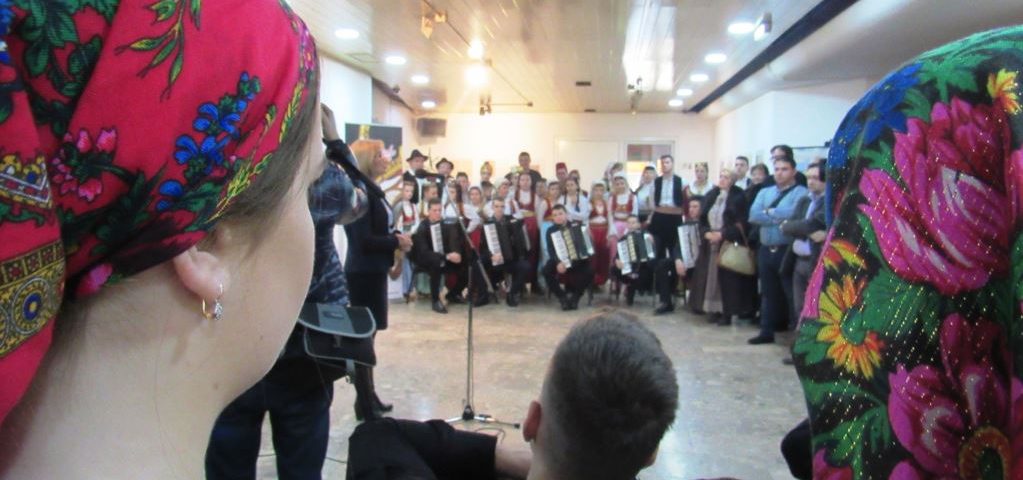Sevdalinka, as a traditional song that has been sung for centuries, is unique in the melodic and poetic sense and as such can be nominated for inclusion on UNESCO’s list of immaterial world cultural heritage, according to experts. To achieve this, months of preparations are being made.
The conference held in Tuzla under the title “Nomination of Sevdalinka for inclusion on the representative list of the intangible cultural heritage of humanity” certainly made a major contribution to this project.
The Sevdalinka nomination process for the UNESCO List of Intangible Cultural Heritage is still in its infancy.
The BiH State Commission for Cooperation with UNESCO has adopted the initiative, but the final answer will have to be given by UNESCO itself, as well as its position towards Sevdalinka, which represents the cultural and historical heritage of Bosnia-Herzegovina.
“It is ungrateful to talk about how long it will take because experience has shown that it depends on what it is. Previous activities in Bosnia have focused mainly on the reception of cultural assets, starting with the Old Bridge of Mostar, the Bridge of Visegrad, the Zmijanje embroidery from the immaterial heritage, and the latest entry – the woodcarving from Konjic. We want to give the whole world access to the treasure trove of the Bosnian-Herzegovinian heritage,” says the head of the Department of Culture in the Ministry of Civil Affairs BiH Amira Redžić.
Sevdalinka is centuries old and has been passed down from generation to generation. Even today, they save many from oblivion and perform them in their traditional form, although they are sung about by younger generations and renowned performers in a somewhat different, modern manner.
The Sevdalinka interpreter Ramiza Milkunić says that at the beginning of 2017 the initiative was submitted for the Sevdalinka to be declared an immaterial cultural heritage of mankind.
“We want the Bosnian-Herzegovinian song, I call her our lady, to take the place where – perhaps it sounds biased – she should have been among the first on the UNESCO list. I have a habit of emphasizing in my statements and performances that the Sevdalinka is the figurehead of Bosnia-Herzegovina,” Milkunić stresses.
It is essential that the Sevdalinka be included on the UNESCO list, because only in this way can it be preserved in its traditional and original form, says the Sevdalinka interpreter Zekija Suman.
“Perhaps this is the right time for musicologists and other experts to fear that the Sevdalinka could be desecrated as it emerges in new versions. Changes are forced upon her, so that the framework of so-called classical Sevdalinka, which lasted about 70, 80 years, her classical interpretation, should be protected. It tends to change, external influences, so this is the right moment. Maybe it should have happened earlier, but it’s not too late yet,” Suman estimates.
The historical significance of the Sevdalinka is huge, says the historian and professor at the University of Tuzla Izet Šabotić to Radio Free Europe.
“Sevdalinka is the monument of national culture, but it is also more than that. It falls outside national frameworks, it has universal status on a global scale. I hope that this attempt will be successful and that in the foreseeable future we will still have a cultural asset on the UNESCO list, because this is of great importance for the country of Bosnia-Herzegovina, important for its peoples because we have all inherited the Sevdalinka equally,” says Šabotić.
The Sevdalinka is popular throughout the Balkans. It receives special attention on public radio in the countries of the region.
In Croatia, for example, there is an annual concert called “Sevdah in Lisinski”.
Sevdalinka also had its creators and performers among all peoples. These include Aleksa Šantić, Jozo Penava, Nedeljko Bilkić, Jovica Petković, Ismet Alajbegović Šerbo, Himzo Polovina, Zaim Imamović, Nada Mamula, Beba Selimović and many others.
It is also known that in the seventies of the last century up to two thousand German spectators came to Safet Isović’s concerts in the biggest halls of Berlin, Stuttgart and Munich.
The music editor at BH Radio 1 Enisa Hajdarević-Šojko says that public radio in Bosnia-Herzegovina should cultivate the Sevdalinka more, or rather see this as its duty.
“We must create an identity through the special nature of our music. The wish of our generation is to achieve something in the spirit of our ancestors. Because they have left us a beautiful message through the Sevdalinka. We still have a lot to learn from them,” says Hajdarević-Šojko.
Sevdalinka is old love poetry that has its roots in the 16th century.
The book “Sevdalinka, Alchemy of the Soul” by Professor Esad Bajtal states that the Sevdalinka originated in Split and that it deals with the first, unhappy and unfulfilled love, first sung about in 1574. Its protagonists were the young merchant Adil and Marija Mara Vornic. This event is recorded in the records of the prince Splits.
The Sevdalinka talk about life, about love. The girls of the patriarchal period expressed their lovesickness through songs because they were very often forbidden to love the man they wanted.
The Sevdalinka is one of the great arts, both musical and literary.




